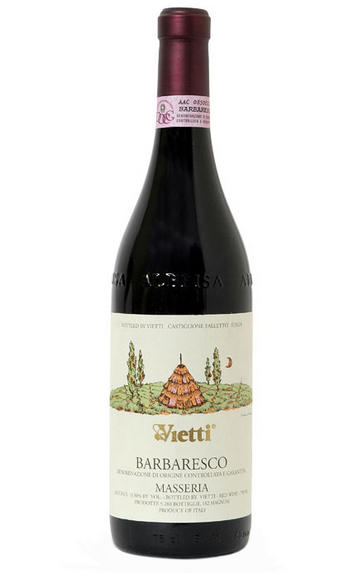
2016 Barbaresco, Masseria, Vietti, Piedmont, Italy
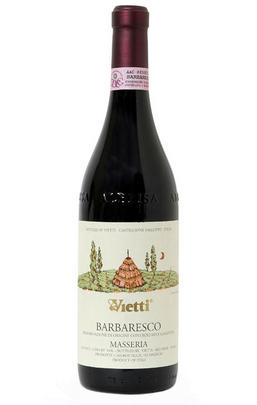
About this WINE
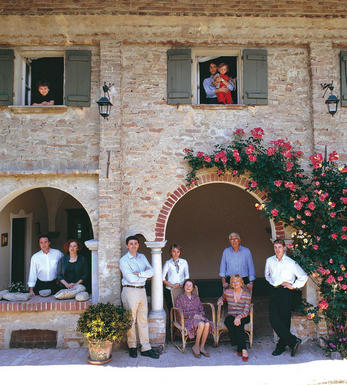
Vietti
The Vietti family has been producing wine for four generations in Castiglione Falletto, at the heart of the Barolo area. Carlo Vietti founded the winery in the 1800s and his son Mario and the next generations carried on his legacy, focusing on improving the production.
Then, in 1952, Alfredo Currado (Luciana Vietti’s husband) was one of the first to select and vinify grapes from single vineyards (such as Brunate, Rocche and Villero). This was a radical concept at the time, but today virtually every vintner making Barolo and Barbaresco wines offers “single vineyard” or “cru-designated” wines.
Today, the winery is in the hands of Luca Currado Vietti and is considered to be one of the very best Piedmont producers. Their wines are highly sought-after, with beautifully designed labels as well as wonderful wine. In 1970, Alfredo and Luciana decided to support to some local artists and have selected labels turned into artworks. Artists such as Gianni Gallo, Eso Peluzzi, Pietro Cascella, Mino Maccari, Pier Paolo Pasolini, Claudio Bonichi, Valerio Miroglio, Pierflavio Gallina, Gioxe de Micheli, have had their works displayed to a much wider audience via the bottles of Vietti wines. In 1996 the most recent artist series label came from American realist Janet Fish on Vietti’s 1990 Barolo “Villero.” The whole collection of artist labels was shown at the Museum of Modern Art of New York
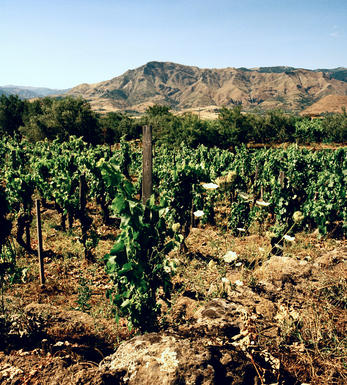
Barbaresco
The Piedmontese DOCG zone of Barbaresco is responsible for producing some of Italy’s finest wines. It occupies the same region and uses the same grape (Nebbiolo) as its bigger brother Barolo, but is a third of the size (only 640 hectares versus Barolo’s 1,700 hectares). It is also 50 years younger than Barolo, having produced wine labelled Barbaresco since 1890.
Barbaresco earned its DOCG after Barolo in 1980, largely thanks to the efforts of Angelo Gaja. The soils are lighter here than in Barolo – both in colour and weight – and more calcareous. The slopes are also less favourably situated and (relatively speaking) yield earlier-maturing yet extremely elegant wines that require less oak ageing (normally one year in oak plus six months in bottle). The appellation’s key districts are Barbaresco, Treiso, Neive and Alba.
Recommended producers: Cigliuti, Gaja, Marchesi di Gresy
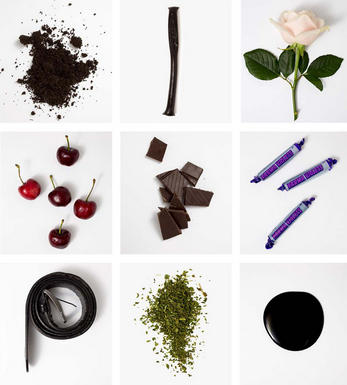
Nebbiolo
Nebbiolo is the grape behind the Barolo and Barbaresco wines and is hardly ever seen outside the confines of Piedmont. It takes its name from "nebbia" which is Italian for fog, a frequent phenomenon in the region.
A notoriously pernickety grape, it requires sheltered south-facing sites and performs best on the well-drained calcareous marls to the north and south of Alba in the DOCG zones of Barbaresco and Barolo.
Langhe Nebbiolo is effectively the ‘second wine’ of Piedmont’s great Barolo & Barbarescos. This DOC is the only way Langhe producers can declassify their Barolo or Barbaresco fruit or wines to make an early-drinking style. Unlike Nebbiolo d’Alba, Langhe Nebbiolo can be cut with 15% other red indigenous varieties, such as Barbera or Dolcetto.
Nebbiolo flowers early and ripens late, so a long hang time, producing high levels of sugar, acidity and tannins; the challenge being to harvest the fruit with these three elements ripe and in balance. The best Barolos and Barbarescos are perfumed with aromas of tar, rose, mint, chocolate, liquorice and truffles. They age brilliantly and the very best need ten years to show at their best.


Buying options
Add to wishlist
wine at a glance
Delivery and quality guarantee